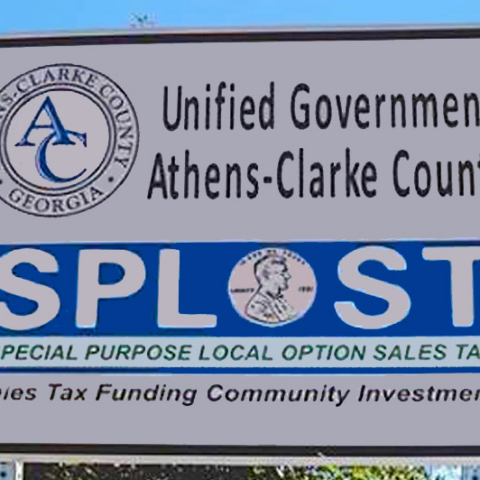By: Charlie Spalding
Last fall, while much of the nation was embroiled with the upcoming presidential election, residents of Georgia’s sleepy Sapelo Island had much more dire conflicts looming on their minds. Property tax bills were beginning to arrive, and for many of the residents of the island, the amounts were staggering. Some of the island’s residents estimate that the amounts owed to the county increased by a whopping 600 percent, with no discernible enhancement of county services. The episode has left many observers to wonder what, if any, legitimate reason accounts for the tax increases? Furthermore, do these tax increases spell the end for Sapelo’s unique Gullah/Geechee culture?
The Gullah/Geechee Cultural Heritage Corridor, as designated by Congress in 2006, represents the last bastion of one of the nation’s most unique and fragile cultures. The Gullah/Geechee culture refers to the collection of African-Americans descended from some of the earliest slaves on colonial plantations. The culture traces its roots to African populations on the continent’s West Coast, particularly in the present-day countries of Sierra Leone and Liberia. African captives from the region were brought to the southern United States to work the indigo and rice plantations that initially defined the colonial economy. Such plantations were concentrated on the barrier islands of Georgia and South Carolina, and later gave way to the production of renowned Sea Island cotton.
Sapelo Island, on Georgia’s southeastern coast, is home to the small village of Hog Hammock and is undoubtedly the heart of the threatened culture. Perhaps best known in the modern era as the home of NFL defensive end Allen Bailey, the community is one of the few surviving sites of independent Gullah/Geechee culture. Citizens of the community continue to retain the unique cultural practices of their West African heritage, particularly through annual cultural festivals held throughout the region. Despite its cultural significance, the community of around fifty people is characterized by limited job prospects – opportunities in the tourism industry account for the majority of the island’s economy. The result is a largely impoverished and undeveloped community atop some of the most valuable coastal tourism property in the country.
Cornelia Walker Bailey, one of the island’s most outspoken advocates, likens the heightened tax rates to an act of cultural genocide by McIntosh County officials. Only a few of the island’s residents have homestead exemptions on their land allowing them to absorb the increased taxes, and nearly fifty citizens may be forced to abandon the community they have called home for generations. Sapelo Island residents have filed dozens of appeals to the McIntosh County Board of Assessors, but a recent meeting last month gave supporters little hope for a dramatic change in bills.
McIntosh County officials point to a series of circumstances over the past decade to provide a plausible explanation for the dramatic uptick in property tax bills. In a New York Times article, unnamed McIntosh County officials point to years of bad management and questionable policies that kept rates at an artificially low level. Additionally, improvements in McIntosh County infrastructure have necessitated that the local government demand more from its 14,000 permanent residents. County officials sought to update the property values in 2009, but stopped the process once Governor Deal announced a freeze in property tax rates, an effort to mitigate the negative consequences of a persistent recession. The county resumed its updating work this year, and the marked increase in tax bills can be attributed to real estate transactions that are just now being factored in to the valuation process.
While county officials may want to paint this relatively simple economic scenario, the region’s turbulent history of social relationships suggests that there may be more to the story. Last year, the island requested a visit from the Department of Justice to resolve allegations of racism and address government tactics that many local advocates say are pushing islanders off of their land. Additionally, the overall decline in values that has characterized the real estate market in recent years makes the astronomical bills even less comprehensible. As Jasper Watts, whose 73-year-old mother still lives on Sapelo and is facing a 540 percent tax increase, succinctly commented to the New York Times, “The whole thing just smells.”
The McIntosh County Board of Assessors has stated its intent to review the dozens of appeals that have flooded in from Sapelo Island residents, and has until August 1 to make a final determination. While officials have not been optimistic about a reversal of the rates, the process should have the attention of all Georgians and Americans who care deeply about the importance of the area’s cultural heritage. Residents have also retained the legal services of Michael Thurmond, Georgia’s former Labor Commissioner, and intend to continue to advocate for justice under the law and for the preservation of their unique culture.

